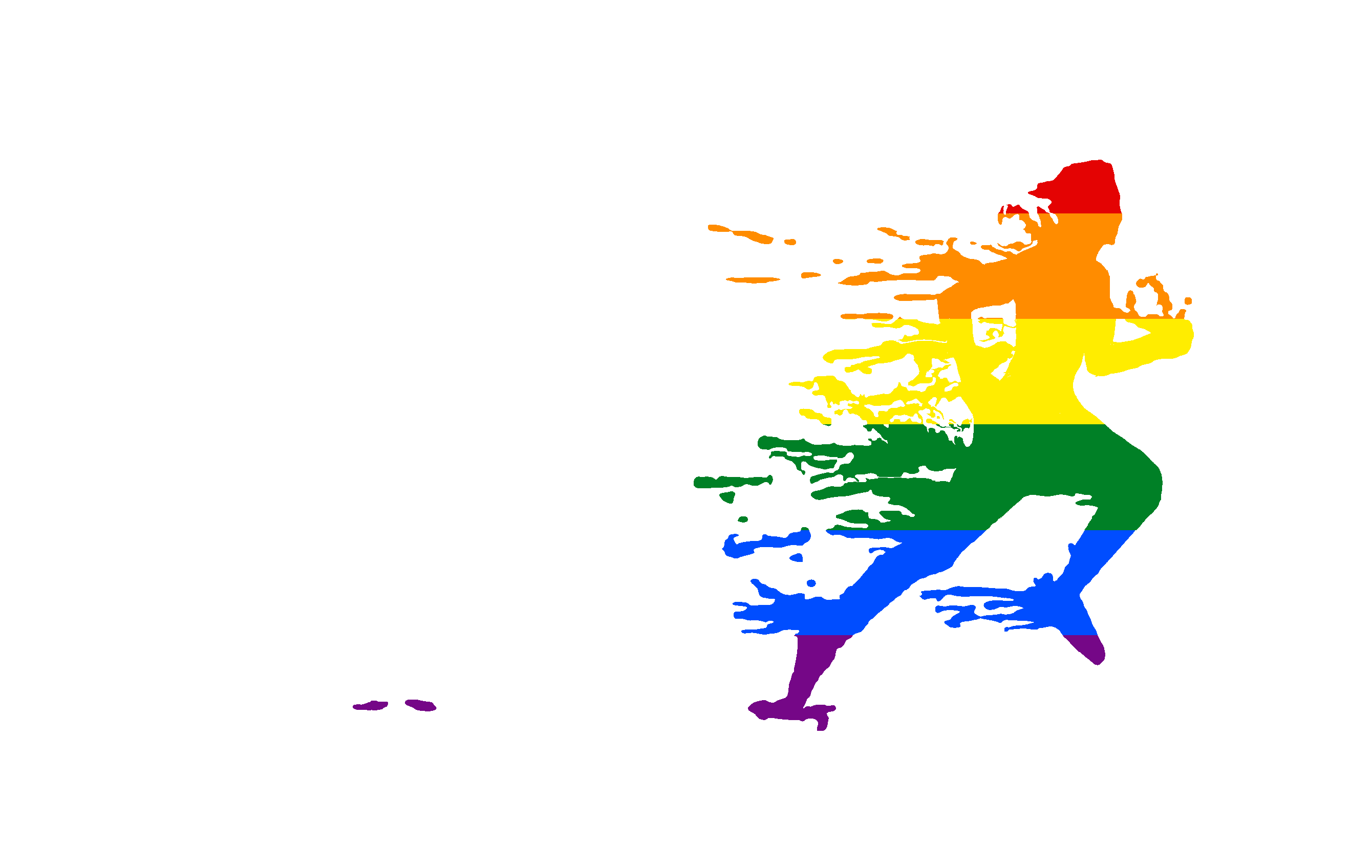Every young queer needs a hero. At least, that’s what I always tell myself. Having grown up playing sports — and only coming to terms with my sexuality in adulthood — that person for me is one Brittney Griner.
But before I go further, I must clarify that I use the term ‘queer’ in this article as an umbrella term to refer to gay, lesbian, bisexual, transgender, intersex, non-binary, gender non-conforming, and other non-normative sexualities and gender identities.
Griner has always been one of my favourite athletes. I can still vividly recall one of my earliest memories of watching her play some 10 years ago; it was an 80-second YouTube clip featuring the Texan and then-Nimitz High centre perform dunk after dunk during what appeared to be a break during practice.
At six-foot-eight, Griner went on to dominate the college basketball scene at Baylor University, leading the team to a national championship in her junior year and obliterating records in blocked shots and buckets in the process. To no one’s surprise, she’s since gone on to have a stellar career in the pro leagues, scoring a WNBA championship with the Phoenix Mercury and several additional titles with her Russian team, UMMC Ekaterinburg.
Griner changed the game and left a legacy. Watching her dominate the court has been delightful, but it has been her courage off of it that transformed me into super-fan.
When Griner came out as lesbian in high school, she was kicked out of the house at her father’s request, and lived on her assistant coach’s couch for six weeks. At Baylor, due to the school’s stance on ‘traditional’ relationships, she was warned not to discuss her sexuality, especially because of her national profile as a star athlete.
Sport has never really been an apolitical domain, or simply about the numbers. In simply existing — let alone thriving — in her chosen field, Griner, a Black queer woman navigating a world dominated by white men, has never had the luxury of separating herself from her layered identities. While definitely not the first known queer athlete in sports history, she is certainly one of its most decorated.
But how does Griner fit into the larger picture? Attempting to map out a definitive, comprehensive history of queer athletes is difficult at best and problematic at worst. We simply aren’t monoliths. However, reflecting on major events in the sporting world over the past several decades can perhaps encourage us to evaluate both progress made and progress needed.
After iconic swimmer Diana Nyad came out as lesbian at 21 in 1970, legends Billie Jean King and Martina Navratilova followed suit in 1981. Where King and Navratilova were trailblazers for women in tennis and sports in general, this was a significant moment in sports history by anyone’s account.
Meanwhile, in an announcement preceding the opening ceremony of the 1994 Gay Games, prolific American diver Greg Louganis publicly declared that he was gay, though, to those in his close circle, this was not much of a shock.
More recently, former NBA player Jason Collins as well as former NFL and CFL player Michael Sam disclosed that they were gay, in 2013 and 2014 respectively.
Just last year, Collin Martin of the MLS’ Minnesota United acknowledged that he was gay on Twitter before the squad’s Pride Night, making him the only active male athlete in major professional sports leagues to publicly identify as queer. Despite the courage displayed by these athletes who openly acknowledge their sexuality, other moments are sober reminders of how far we have to go to make athletics a safe place for queer folks.
Recall the International Association of Athletics Federations’ humiliating and disturbing demand that South African intersex runner Caster Semenya undergo “gender testing” in 2009; the results of the test were leaked and she was “hounded mercilessly by the press and on social media.”
Meanwhile, in 2017, Texas high school wrestler Mack Beggs, despite asking to wrestle in the boys’ league, was forced to compete against girls. Under Texas law, athletes are required to compete under their assigned sex on birth certificates. Although he took home the state championship with a 32–0 record in 2017,when he took the state championship again last year, he was targeted on social media and in person at meets due to his gender identity.
There are countless other stories, moments, and figures that could give valuable context to the queering of sport. But how can we determine what constitutes progress? For every league like the WNBA, where so many of its biggest stars are openly queer that their ‘coming out’ stories don’t even make headlines anymore, there are countless others, like the men’s Big Five sports leagues, which have only one active and openly queer athlete collectively. And this doesn’t account for coaches like former Pennsylvania State University women’s basketball boss Rene Portland, who once said that she refused to “have [lesbians] in [her] program.”
But, for every Caitlyn Jenner — who, with the protection that comes from a life steeped in wealth, class, and racial privilege, rightfully earned the Arthur Ashe Courage Award following a very publicized transition — there are dozens more Brittney Griners and Andraya Yearwoods, young women simply trying to compete in the sports that they love. So, ultimately, while it’s good to celebrate the progress made, it is so much more important to be mindful of how much work there is left to be done.


